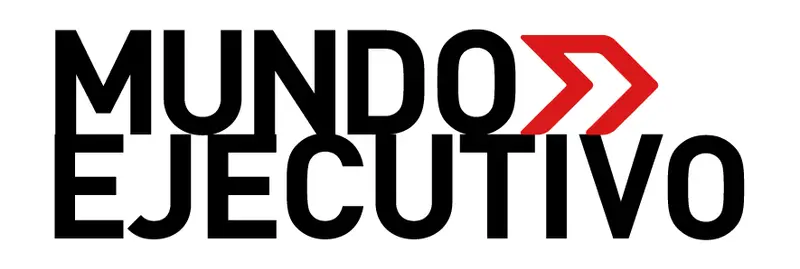Dockworkers’ Union Readies for High-Stakes Negotiations
The labor union representing 45,000 U.S. dockworkers, the International Longshoremen’s Association (ILA), is gearing up to return to the negotiating table with port employers under the United States Maritime Alliance (USMX). Set to reconvene on January 2, 2025, the stakes are high, as talks broke down in November of the previous year. The looming threat of a strike could disrupt operations at East and Gulf Coast ports, significantly impacting both workers and the economy.
Background on Previous Negotiations
In October 2024, a tentative agreement was reached that included a substantial 62% wage hike over six years, which ended a three-day strike. However, that agreement did not resolve fundamental concerns regarding automation in the workplace. As technology advances, the pressure mounts on labor forces worldwide, and dockworkers are feeling the brunt of this challenge. With the January 15 deadline fast approaching, the urgency for a resolution cannot be overstated.
The Automation Debate
Automation represents a critical point of contention in the upcoming negotiations. While it can lead to efficiency and cost reduction for companies, it also poses risks to jobs and the livelihoods of workers. Dockworkers, represented by ILA President Harold Daggett, advocate for the importance of human labor in maintaining a balanced economy. The negotiations will need to address how automation can be integrated without jeopardizing employment.
Political Backing for Dockworkers
Reflecting the broader concern for workers’ rights in the age of technology, President-elect Trump has voiced strong support for the dockworkers’ position. Notably, he recently met with ILA leaders and acknowledged the importance of safeguarding jobs against the encroachment of automation. Trump’s stance resonates with many workers who fear that their positions are becoming increasingly vulnerable as companies lean towards technology.
Looking Ahead to Negotiations
As the ILA and USMX prepare for negotiations, the landscape remains tense but hopeful. Both parties understand the critical need for dialogue and compromise. If no agreement is reached by the January 15 deadline, the consequences could mean rolling back the wage agreements achieved in October and potentially reigniting strikes.
The Economic Implications
The impact of a potential strike on East and Gulf Coast ports could be significant, as these locations are vital for international shipping and trade within the U.S. economy. Any disruptions could send ripples through supply chains, illustrating how interconnected labor negotiations can have wider economic implications.
A Call for Fairness and Dialogue
The ongoing discussions between dockworkers and port employers serve as a critical reminder of the challenges faced by labor in modern economies. As technology continues to evolve, the emphasis on human labor rights and fair negotiations will remain fundamental to a balanced workforce. Both sides may need to come to the table with an openness to compromise, ensuring the best outcomes for workers and businesses alike.

